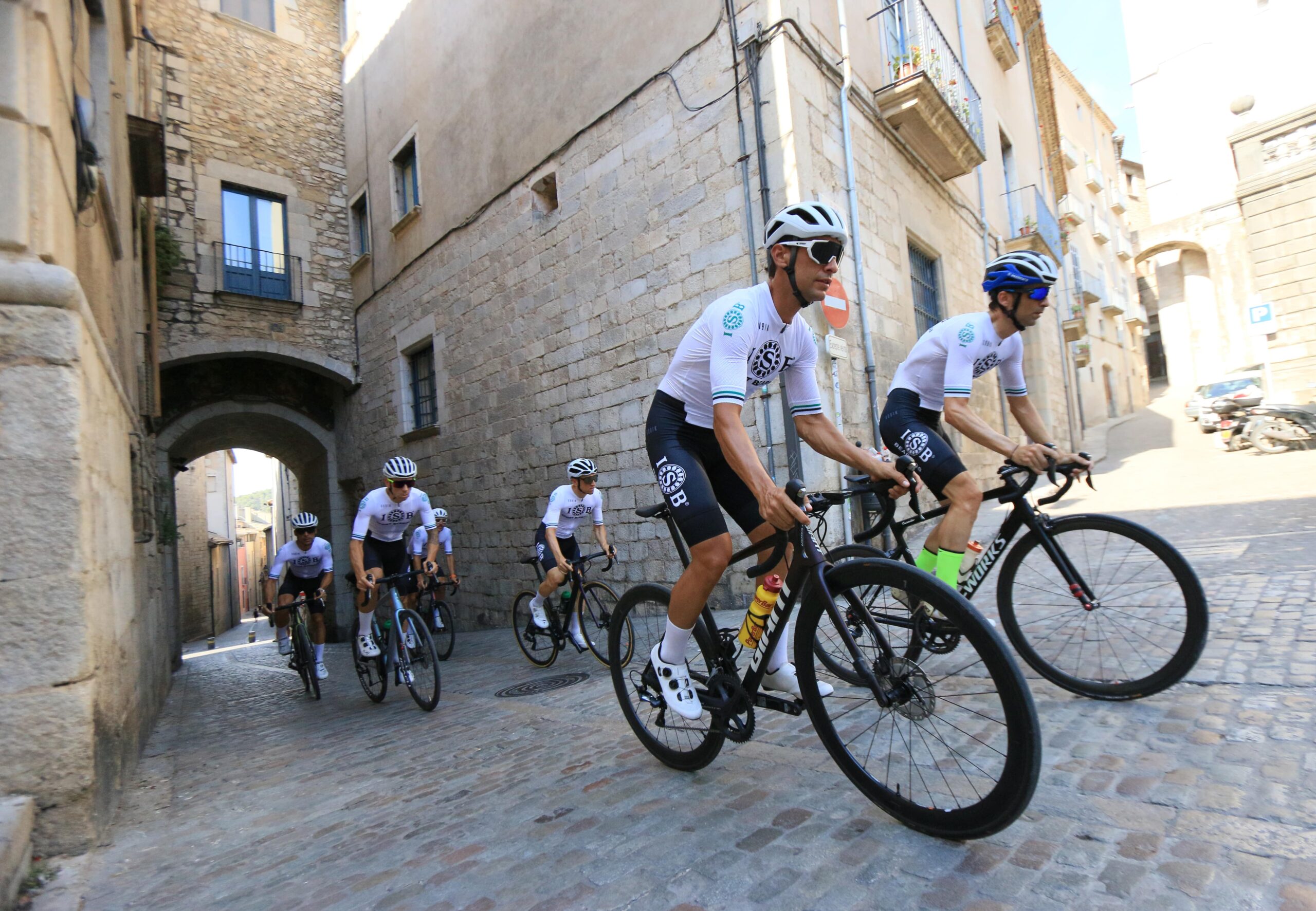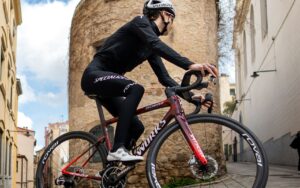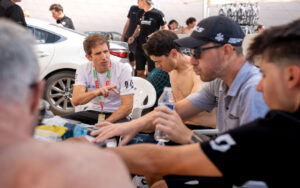The timeless question in the world of cycling: steel or ceramic bearings?
Our answer: it depends! Training is not the same as racing, neither are the ideal bearings to use in different disciplines like cyclocross and triathlon. Needs are different, and also cyclists have their personal preferences. Therefore, we introduce you to the ISB Sport PRO Series, explaining the characteristics of ceramic bearings.
ISB Sport PRO series bearings have been designed to be multi-targeted and provide optimum racing performance. Considering the marginal benefit from a single component, the bearings can have a significant benefit, particularly in terms of friction reduction.
Ceramic bearings are an innovation of which the steel that is normally used, is replaced by a ceramic material. The balls in the bearings can either be a hybrid form between steel and ceramics, of be fully ceramic. Normally positioned in the wheels, ceramic bearings are able to result in a significant improvement in efficiency, pushing the performance of the bicycle itself.

There are multiple advantages over standard, steel bearings. First of all, a higher operating speed. Also, they have a longer lifespan under the same conditions of use. Their low coefficient of friction, thanks to the friction of the balls – up to 10 times lower than in steel bearings – provides smoother functioning, generates less heating, less wear and therefore, prolonging the durability.
Ceramic balls are lighter than steel ones, and they generate less centrifugal force. This results in less friction and allows the bearings to move faster as they require less energy to maintain speed. Ceramic is highly resistant to rust, so its service life is also longer than that of steel bearings. Ceramic balls retain their rolling characteristics for longer and do not have the same maintenance requirements as steel balls, functioning correctly even with a very small amount of lubricating oil.
Performance characteristics:
• 30% Maintenance
• 60% Versatility
• 85% Protection
• 90% Turning capacity
• 80% Resistance
• 60% Resilience
The higher degree of hardness of this type of bearing requires a more demanding surface finish than steel bearings. In the case of hybrid bearings, the much smoother and more resistant ceramic balls microscopically polish the steel races.
Part of the conclusion is simple: ceramic bearings have many advantages. Whether you would go for full ceramic or for some steel assets, depends on your preference and discipline. With ISB Sport, the Italian company with a big department in Catalonia, you cannot go wrong for sure.
Related stories






